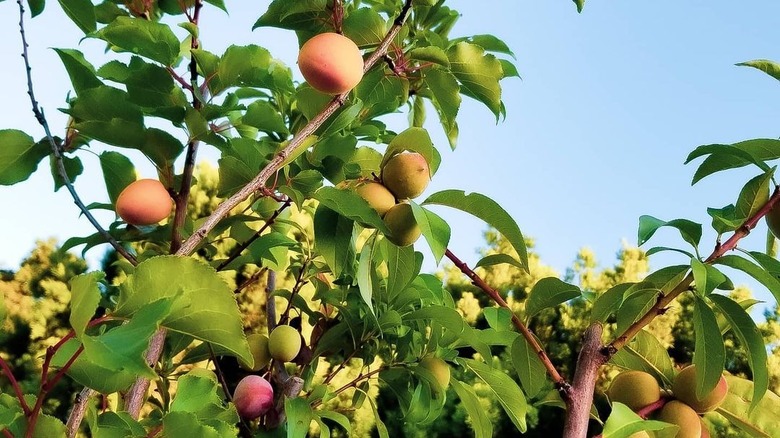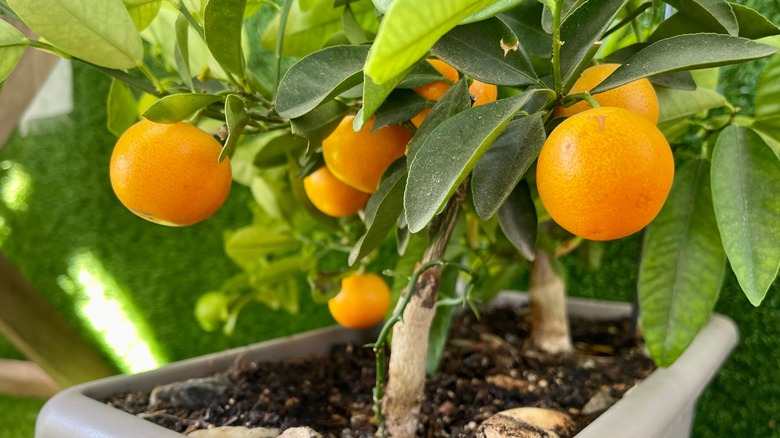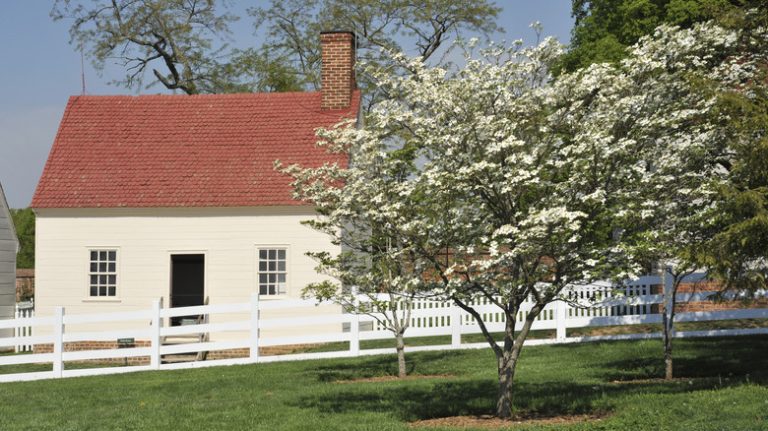Having a love for fruit trees and a small growing space is an unfair combination. You can keep fruit trees relatively small with diligent pruning, but you’ll still need a lot of space if you want cherries, apples, pears, and several citrus varieties. But what if you could have it all on one tree? As impossible as it may sound, fruit salad trees are real. However, you can only grow similar fruit types on the same plant, like citruses, stone fruits, apples, and pears, each on their own tree. While four fruit trees still occupy valuable space, this can still increase your fruit-growing capabilities in a fraction of the soil.
How does this fruit wizardry work? You don’t need magic to make it happen. Instead, you only need some grafting capabilities or the money to buy an already-grafted tree from a supplier. Grafting is how many fruit trees for sale come to be anyway, so it’s nothing out of the ordinary. For instance, most Florida oranges are grown on lemon rootstocks. Fruit seeds seldom turn out like their parents, so grafting helps gardeners better control the results. In the case of fruit salad trees, grafting also ensures you get a wide variety of the fruits you love.
Fruit salad trees require similar plants

djamielin/Instagram
You can’t grow a pumpkin and a petunia off the same plant because they’re just too different. The same rules apply to fruit salad trees. Stone fruits like plums, peaches, and even almonds can grow together because they’re similar enough. Lemons, limes, oranges, and other citrus fruits can likewise grow together on the same tree, while apple varieties play well on one plant, as do different types of pears on their own tree.
These fruity concoctions are formed through grafting, a centuries-old process. Grafting is when you take a scion (a bud or branch) and attach it to the rootstock of another tree. The grafting process takes a bit of learning and patience, but the possibilities are endless once you learn how to do it. Professor and sculptor Sam Van Aken has even grafted a tree with 40 different kinds of stone fruit that blooms on the Syracuse University campus!
Stone fruits will be the mix that’s most likely to give you the appearance of something wild since the fruits vary greatly in appearance and taste. But, if you enjoy the tang of citrus for salads, drinks, and dressings, you might want a tree like the Lemon + Orange + Mandarin + Lime tree that Fruit Salad Trees sells seasonally.
Growing your own fruit medley

Fruit trees are generally easy to care for, though this will depend on a few factors. If you live in an area with cool winters, it’s best to grow your tree in a container and bring it indoors. Apples are an exception, with some varieties like the Centennial Crabapple being hardy down to USDA zone 3. Most trees won’t grow fruit for at least a few years after planting, so if you want fruit sooner rather than later, your best bet is to buy a more mature tree from a nursery. Those trees are typically at least a couple of years old, which shaves some serious time off of the waiting period.
Keep your trees well-watered and ensure that the soil is well-drained so they don’t hang onto too much water. Prune them yearly as necessary to keep them healthy. Remove dead and diseased branches as they appear, but if you want to prune them for aesthetics, wait until late winter or early spring. Be sure to research the kind of fruit you’re growing because some fruits develop on old growth and others on new growth; pruning can result in no fruit production if you take off the wrong limbs.



